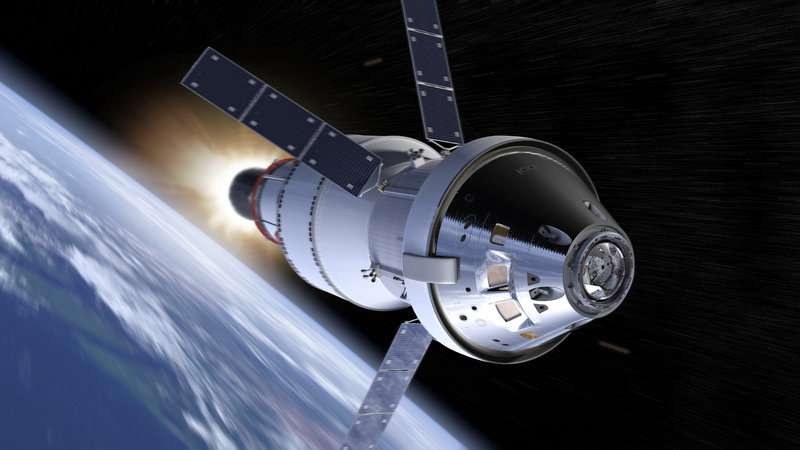The future of space exploration and aerospace technologies is an exciting topic that has captured the imagination of people for generations. As we continue to explore and learn more about our universe, the possibilities for what we can achieve seem almost limitless. In this blog post, we will explore some predictions and possibilities for the future of space exploration and aerospace technologies.
The first prediction for the future of space exploration is that we will continue to expand our presence beyond our own planet. We have already sent probes to explore other planets and moons in our solar system, but in the coming decades, we will likely send humans to explore these worlds as well. With the development of new technologies, such as advanced propulsion systems, we may even be able to send missions to other star systems within our lifetime.
Another possibility for the future of space exploration is the colonization of other planets. As we continue to study and understand our universe, we may find that other planets or moons are habitable or can be terraformed to support human life. The colonization of Mars has been a popular topic in recent years, but there may be other worlds that are even better suited for human habitation.
In addition to exploration and colonization, space tourism is also a growing industry that is predicted to continue to expand in the future. Already, private companies like SpaceX and Virgin Galactic have sent paying customers to space, and as the cost of space travel decreases and becomes more accessible, space tourism may become a common activity for the general public.
The future of aerospace technologies is also exciting, with the development of new materials and propulsion systems that will allow for faster, safer, and more efficient travel. One possibility is the development of reusable space vehicles that can take off and land like airplanes, making space travel more economical and sustainable. Additionally, advancements in artificial intelligence and robotics may allow for autonomous spacecraft and exploration missions that can travel farther and faster than ever before.
Of course, with any predictions or possibilities, there are also potential risks and challenges that must be considered. One of the biggest challenges for space exploration and aerospace technologies is the issue of space debris. As we continue to launch more objects into space, the amount of debris in orbit increases, posing a threat to future space missions and even to satellites that provide critical services like communication and weather monitoring.
Another challenge is the issue of space weather, which can have a significant impact on space missions and technologies. Solar flares and coronal mass ejections can disrupt communication and navigation systems, damage satellites, and pose a risk to astronauts on spacewalks or in deep space.
Despite these challenges, the future of space exploration and aerospace technologies is an exciting one, full of possibilities and potential for new discoveries and advancements. As we continue to explore our universe and push the boundaries of what is possible, we may find that the universe holds even more mysteries and wonders than we can imagine.
In conclusion, the future of space exploration and aerospace technologies is an exciting and rapidly developing field, with many predictions and possibilities for what we can achieve. From exploration and colonization to space tourism and new technologies, the possibilities for what we can achieve seem almost limitless. However, as we continue to push the boundaries of what is possible, we must also be mindful of the potential risks and challenges that lie ahead. Ultimately, the future of space exploration and aerospace technologies will depend on our ability to overcome these challenges and continue to innovate and explore.


